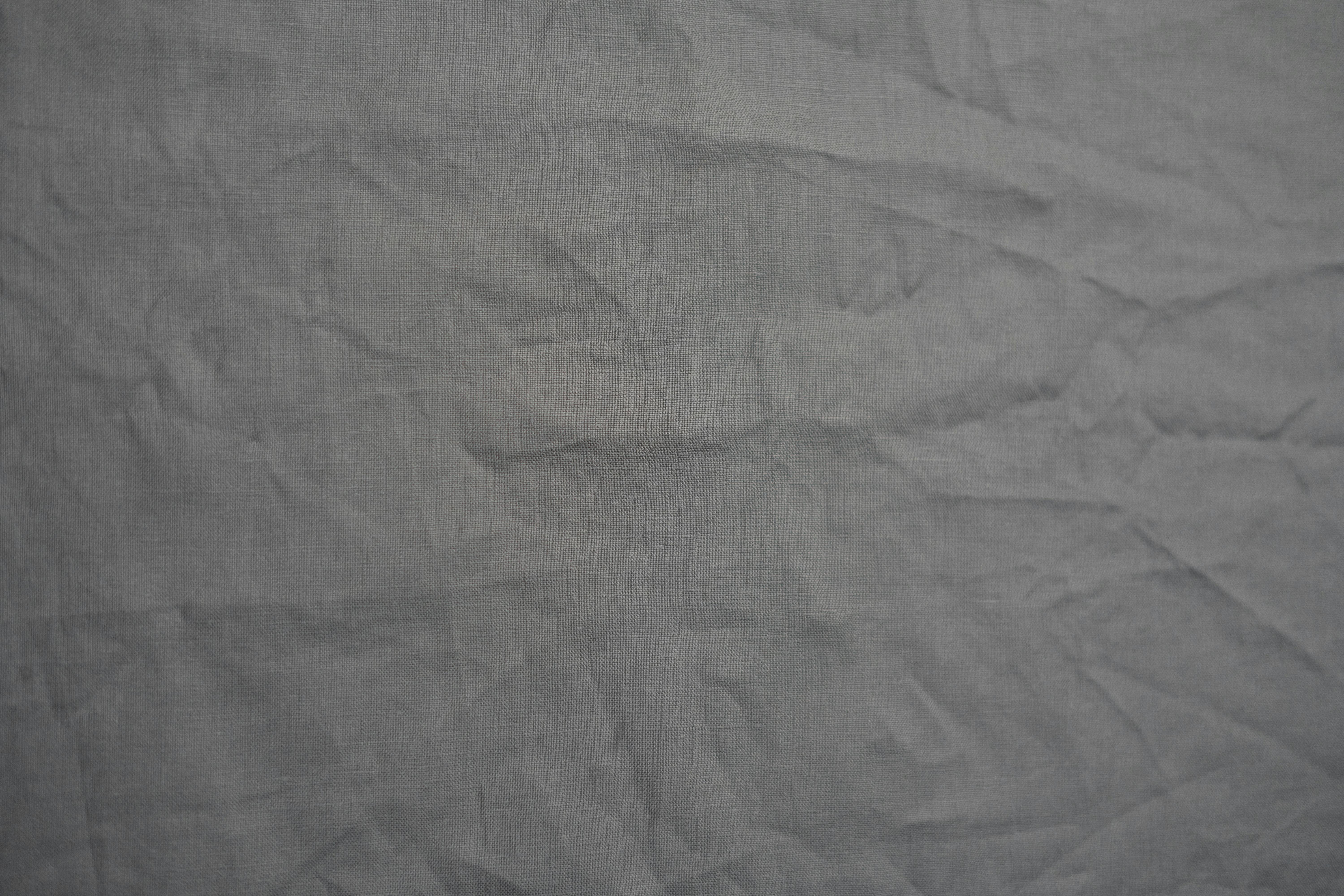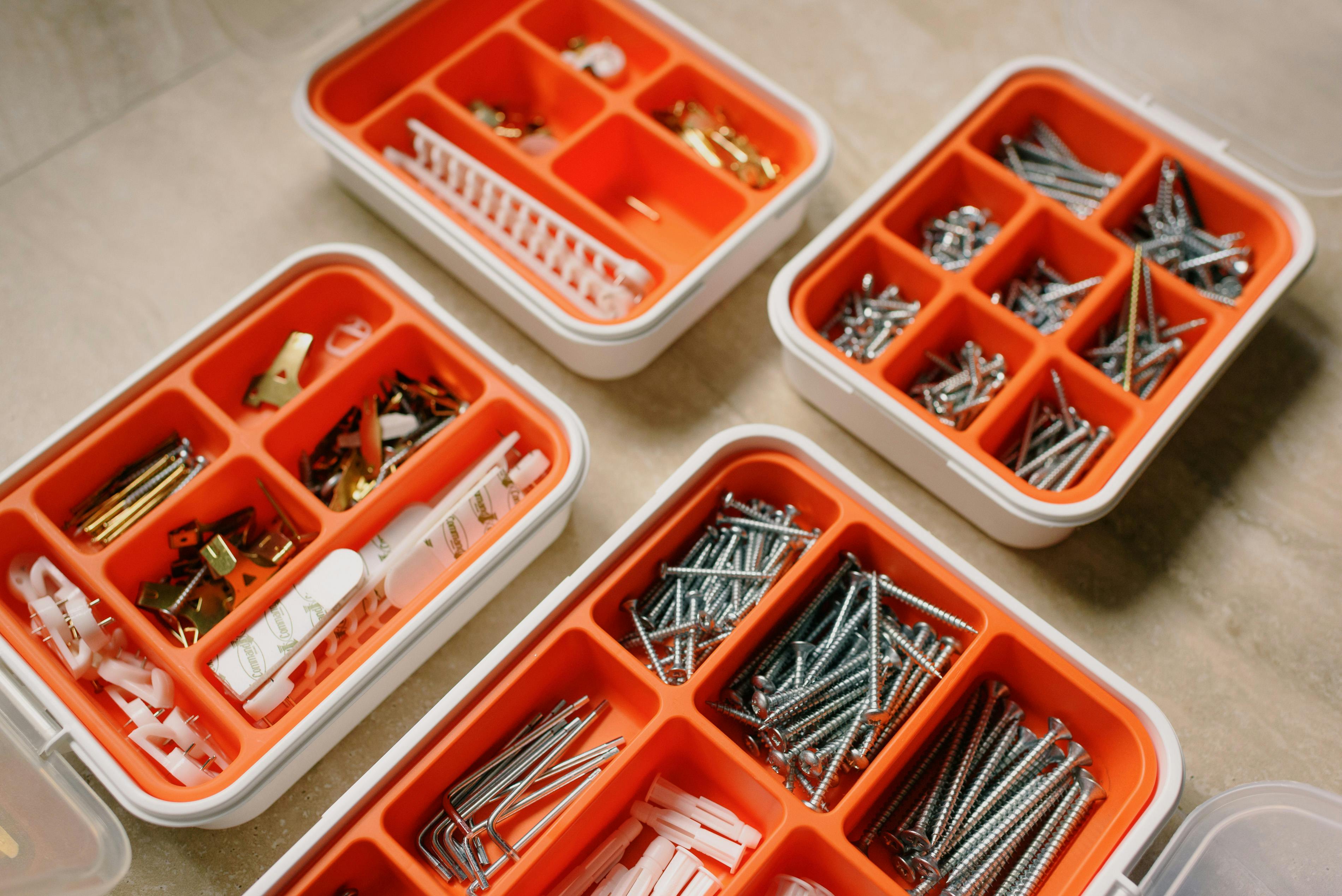Distillation is an important process that can be used to separate and purify liquids. It is a relatively simple process that can be done at home with a few simple pieces of equipment. In this guide, we will discuss the basics of distillation and provide step-by-step instructions on how to do it at home. We will also discuss the safety precautions you should take when distilling liquids. By following these steps, you can safely and effectively distill liquids at home.Distillation is a process used to separate components of a mixture based on their different boiling points. It involves heating the mixture to its boiling point and then condensing the vapor produced to separate the components from one another. Distillation is widely used in chemistry, engineering and other industries to purify liquids and remove impurities.
Gathering the Required Equipment for Distillation
Distillation is a process used to separate components of a liquid mixture based on their different boiling points. It is a common laboratory technique used to purify liquids, and the equipment required for distillation can vary depending on the type and complexity of the experiment. Generally, all distillation setups require some form of heat source, as well as a condenser and collection vessel. More complex systems may require additional components such as thermometers, vacuum pumps, and special glassware.
The most important component of any distillation setup is the heat source. It should have enough power to maintain the desired temperature and should be adjustable to fine tune the output. Popular heat sources include hot plates, gas burners, or oil baths. In addition, it is important to consider safety when selecting a heat source; some are more dangerous than others due to their open flame or high temperatures.
The condenser is used to cool the vaporized liquid back into its liquid form so it can be collected in a vessel. The two main types of condensers are Liebig condensers and Graham condensers; each has
Setting Up the Apparatus for Home Distillation
Home distillation of alcoholic beverages is becoming increasingly popular due to its affordability and simplicity. While there are many types of distillation apparatus available, it is important to know the basics of how to set up the equipment correctly in order to produce a high-quality product. Here are some tips on setting up an apparatus for home distillation.
The first step is to decide which type of still you will be using, as this will determine which components you will need. The most common types are pot stills and reflux stills. Pot stills are simpler and less expensive, while reflux stills are more efficient but require more components and knowledge to operate correctly.
Once you have chosen your still, you will need to assemble the other components necessary for distillation, such as a heat source, a condenser, a collection vessel, and tubing. For pot stills, it is important to use a heat source that can maintain an even temperature throughout the process. The condenser should be able to cool down the vaporized alcohol before it reaches the collection vessel. Tubing should connect all of these components together
Preparing the Mixture for Distillation
Distillation is a process used to separate mixtures of liquids with different boiling points. In order to distill a mixture of liquids, it must first be prepared and heated to its boiling point. The first step in preparing a mixture for distillation is to make sure that all components of the mixture are completely dissolved in the solvent. This can be done by stirring or heating the mixture until all components are fully dissolved. Once this has been achieved, the next step is to adjust the temperature of the mixture so that it is at its boiling point. This can be done by slowly increasing the heat until it reaches its boiling point.
Once the mixture has reached its boiling point, it should then be allowed to boil for a period of time until all components have vaporized and collected in a container as vapors. During this process, some impurities may also be removed from the mixture as they will boil at temperatures lower than those of other components in the mixture. After this process, any remaining impurities can then be removed from the vapors using a filter or other methods before they are condensed into pure liquid form. <
Heating the Mixture
Heating the mixture is an important step in many chemical reactions. Heating the mixture causes the molecules to move faster and break down into smaller particles, which can then combine to form new molecules. This process is known as thermal decomposition. The temperature at which the mixture is heated depends on the type of reaction that is taking place and can range from room temperature to extremely high temperatures. Different types of heating methods are often used to heat a mixture, such as direct flame, hot plates, or electric elements. In some cases, chemical catalysts may be added to speed up the process. Once heated, it is important to monitor the temperature of the reaction carefully so that it remains within a safe range and does not become too hot or too cold. After heating has taken place, it may be necessary to cool down the mixture before any further reactions can occur.
Heating mixtures can be dangerous if not done properly, so it is important to understand all safety precautions that must be taken when working with heated materials. Protective clothing and safety goggles should always be worn when handling heated mixtures and proper ventilation should be provided in order to prevent fumes from

Collecting and Storing the Distillate
Distillation is a process used to separate liquids from solids. In distillation, a mixture of liquids is heated until it vaporizes and then collected as a distillate. The distillate is then cooled and stored in containers for future use. Collecting and storing the distillate is an important step in the process of distillation.
The collection and storage of the distillate must take place in a clean, well-ventilated area to prevent contamination. Containers used for collection must be properly sealed to keep out any dust or impurities. Any spills should be cleaned up immediately to prevent contamination of the area or other materials. After collection, it’s important to store the distillate in an airtight container away from direct sunlight or heat sources until it’s ready for use.
When storing the distillate, it’s also important to ensure that any containers used are labeled clearly with information such as the date of collection, type of liquid being collected, and any additional notes about its composition or use. Proper labeling helps prevent confusion when reusing the material later on. Additionally,
Cleaning and Maintenance of Home Distillation Apparatus
The maintenance and cleaning of a home distillation apparatus is an important part of maintaining the quality and performance of the equipment. Properly maintained home distilling equipment should last for many years with minimal repairs or replacements. To ensure that your home distillation apparatus remains in top condition, it is important to regularly clean and maintain it. There are several steps that should be taken to properly maintain your home distillation apparatus.
First, it is important to inspect the equipment for any signs of wear or damage. If any damage is found, it should be repaired immediately to prevent further damage or a safety hazard. It is also important to thoroughly clean the interior and exterior of the apparatus after each use. This includes removing any sediment or residue from the inside walls and floors, as well as wiping down all external surfaces with a damp cloth.
Second, it is important to check for any leaks in the equipment. If any leaks are found, they should be repaired immediately to avoid contamination of your distilled spirits or other liquids. Third, it is essential to lubricate all moving parts on a regular basis with a food-grade lubricant
Home Distillation Safety Tips
Distilling alcohol at home can be a fun and rewarding experience. However, it is important to exercise caution when doing so. To ensure that you are safe and successful when distilling alcohol at home, here are some important safety tips to keep in mind:
First and foremost, always make sure that your distillation setup is completely airtight. Alcohol vaporizes at a much lower temperature than water, making it highly flammable. Any leaks in your system could result in a dangerous fire or explosion, so make sure that all of your connections are properly sealed and tested before beginning the distillation process.
It is also important to have proper ventilation for any home distillation setup. The fumes produced by the distillation process contain alcohol vapor and can be dangerous if inhaled in large quantities. Make sure that the area you are working in has good ventilation and try to work outside if possible.
When working with combustible materials such as ethanol or methanol, it is essential to wear proper safety gear such as gloves, eyewear, and a respir

Conclusion
Distillation at home is a simple process which can be done with easy to access materials. It can be used to separate liquids or purify them. This method is an economical way to have access to clean, filtered liquids without having to buy expensive equipment. It is also a safe way for people to practice distillation without the risk of burning themselves or damaging their surroundings. With the right materials and understanding of the process, anyone can do it with ease and have access to better quality liquids in no time.
Overall, distillation at home can be a great way for people who want access to clean, filtered liquids without having to buy expensive equipment or put themselves in danger. With a little bit of knowledge and the right materials, anyone can do this process easily and enjoy the results.

